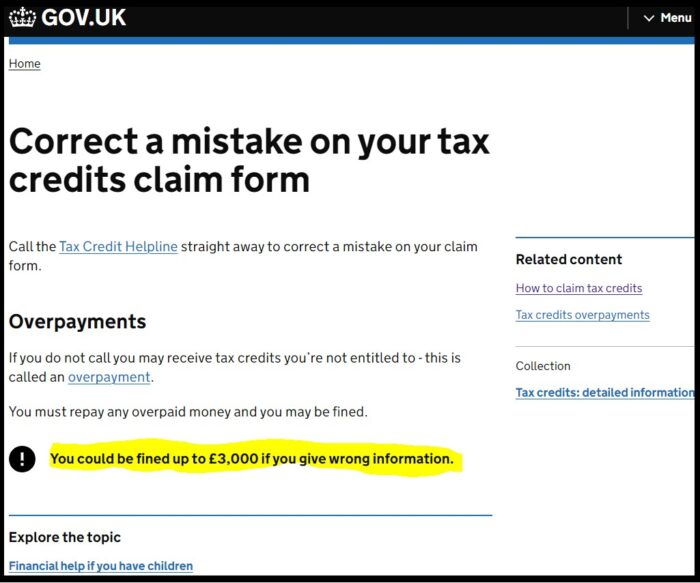Fairness Design: Re-Thinking Digital Government Forms as Sites of Dignity and Mutual Understanding
- Date
- Wednesday 20 March 2024, 13:00 - 14:00
- Location
- Online
Link Seminar - March 2024
A seminar series designed to connect academic knowledge with pressing policy agendas
Presented by DWP in collaboration with the Universities of Leeds, Loughborough, Sheffield and York, LINK is a webinar series designed to help build richer connections between the academic, policy and analytical worlds by providing an opportunity to hear from both leading Social Scientists at the University of Leeds and other universities as well as prominent analysts, strategists and policy makers from the Department for Work and Pensions.
Government forms are an everyday necessity. These forms are also legal instruments and are often non-negotiable—which means users are forced to accept not only the demand to participate, but also the quality of the form’s design and delivery: if the form is well-designed, then great; but if not, then too bad for the user (but possibly also for the issuer). This creates a power imbalance between government issuers and citizen users. The problem is particularly pronounced for users who are unfamiliar with English or Welsh. While many Gov.UK forms offer to translate text into other languages, these translations typically are not sufficiently accurate for thorough comprehension; furthermore, even when the translated text is parsed, responses to the questions need to be in English or Welsh. Such discrepancies lead to sub-optimal user and data-collection experiences, and result in government forms gaining a bad rap.
Inclusivity and accessibility are often proposed as panaceas. But while the scope of inclusive and accessible design focuses on benefitting the widest possible audience, the result is that such benefits do not sufficiently alleviate the plight of the least advantaged users. Using fairness design as a method, instead, shifts the focus for forms designers towards the least advantaged user (LAU) while also keeping the government’s design and production challenges at the fore. As such, fairness design (which is rooted in political philosophy and Rawlsian notions of fairness) compels government forms designers to (1) provide for the least advantaged user; (2) prevent any disadvantages for other users; and (3) prioritise issuer exigencies since governments work with limited resources and therefore cannot please all the people all the time. The fairness design model leverages on the social contract to reframe the relationship between issuers and users to that of reciprocity, mutual understanding and dignity, and respect for process.
Microsoft Teams Need help?
Meeting ID: 377 749 256 709
Passcode: vL7VxC

